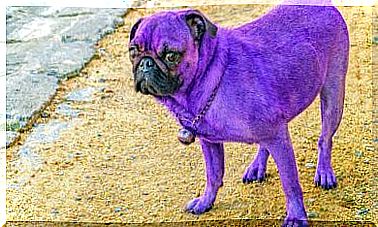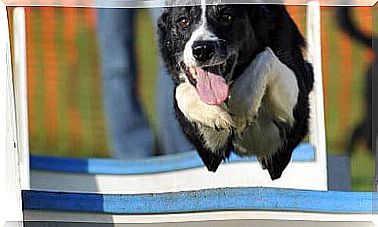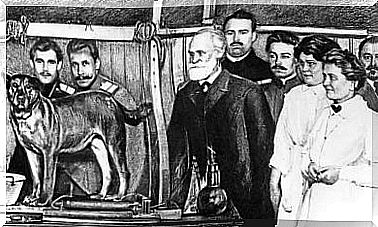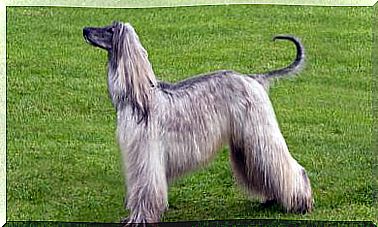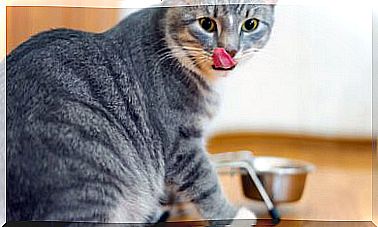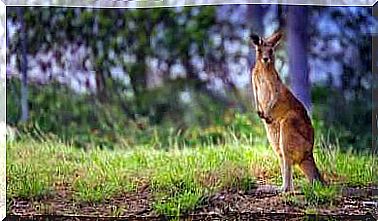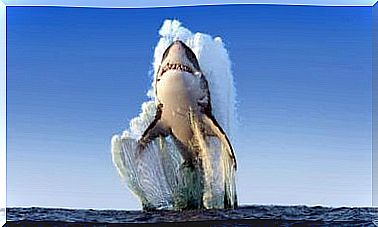Prevention And Treatment Of Canine Stomach Twist
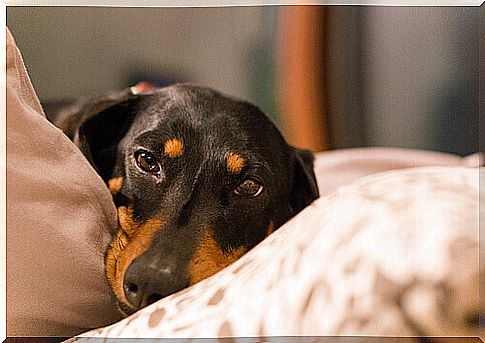
Digestive problems have a high level of incidence in pets, especially in medium and large breeds of dogs. Therefore, it is necessary to know how to act in case your dog suffers a stomach twist.
The truth is that love and dedication are essential to a pet’s health. However, these are not the only aspects you should pay attention to in your creation. It is essential to ensure that your body is in balance.
Periodic visits to the veterinarian, vaccination and antiparasitic treatment are always recommended.
What is canine stomach twist?
The stomach twist is also known by its name in English: “BLOAT”. It is characterized by the acute distension of the stomach that generates the possibility of its own, that is, the dilated stomach can rotate on its own axis.
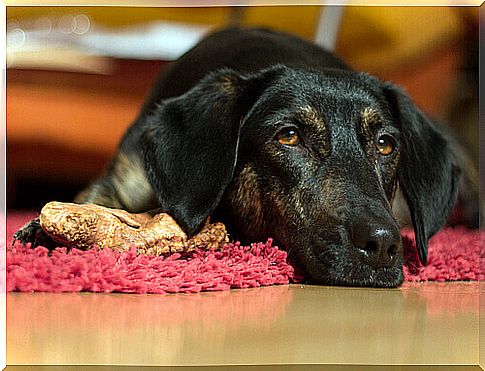
Authors: Christine and David Schmitt
The stomach gyration can injure other organs such as the spleen, liver and pancreas. In addition, it blocks blood flow and causes a deficiency of vital nutrients in the body. Then the dog goes into shock.
Dilation is a result of fermentation and excess gas production during digestion. Also, excessive fermentation is usually caused by an unbalanced diet. It can happen when the dog ingests a large amount of food at one time, without chewing it properly.
The volvulo-gastric dilatation syndrome affects medium-sized, large and giant dogs. Uncommon in smaller dogs.
What are the symptoms of stomach twisting?
Knowing the symptoms is essential to early diagnose this disorder in your pet.
These are the most common symptoms of stomach twisting:
- Increased volume of the abdomen.
- Abdominal pain.
- Nausea and vomiting.
- Breathing and tachycardia.
- Mucosity and pale gums.
- Excessive nervousness and/or anxiety.
- Tiredness and loss of appetite.
The first symptom is the most obvious. The dilation of the stomach immediately produces an increase in the volume of the abdominal cavity. See the veterinarian soon, when you notice this symptom, it is possible to save your pet.
The pain is so acute that the dog cries when it feels a simple touch on its abdomen. In the beginning, the animal finds itself constantly restless because of the discomfort it feels in its stomach. The next moment, he is already prostrate and loses his appetite.
How to prevent canine stomach twist?
It is important to take the necessary precautions so that the dog does not develop this syndrome.
The 4 tips to prevent canine stomach twisting are:
Choose the right food
Adequate nutrition is based on a balance between quantity and quality. It is not advisable to believe every advertisement. The most fashionable or most expensive food is not always the best.
It is important to understand that there is no such thing as a better or worse food. Yes, there is the most suitable food for your pet. Each dog has a different dietary requirement depending on its breed, size, age and lifestyle.
Therefore, the choice of food must be guided by the veterinarian. The owner must respect the determinations and avoid the introduction of human foods in the dog’s diet. This can lead to serious problems with your digestion.
Adjust the daily amount
It is common for the owner to arbitrarily increase the amount of food when he notices that the dog is not satisfied or that he is thin. It is not recommended to do this.
If the dog is not gaining muscle mass, is lacking energy or is hungry, you should make an appointment with the veterinarian. They can be symptoms of a disease or the presence of parasites.
Furthermore, it is possible that the food does not provide the feeling of satiety and that it is necessary to adjust the daily dose. In any case, professional assistance is recommended.
As a general rule, it is advisable to divide the daily dose into 3 small portions. Never give the entire daily dose at once.
Water is food
It is recommended to remove the water container when the dog is eating. And only offer water again 30 minutes after you finish consuming the food.
Exercises right after eating
It is advisable to wait at least 30 minutes before taking a dog for a walk or exercising a dog that has just eaten.
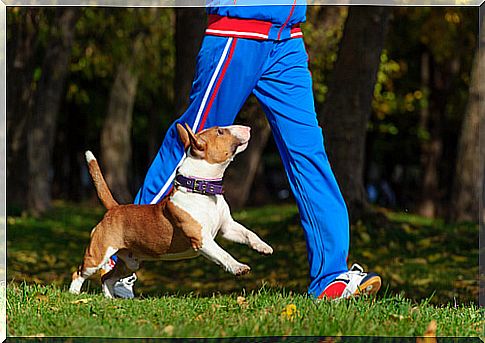
How is the treatment for canine stomach twist?
If the diagnosis is made early, abdominal dilation is resolved by suction. The veterinarian inserts a tube that reaches the animal’s stomach orally and removes excess food.
However, if the torsion has already occurred, it is not possible to introduce the probe. Treatment then consists of a surgical intervention.
Many veterinarians recommend performing the surgical procedure preventively, in case the animal has already presented symptoms of stomach twist.
Main image source: Emily Orpin.
